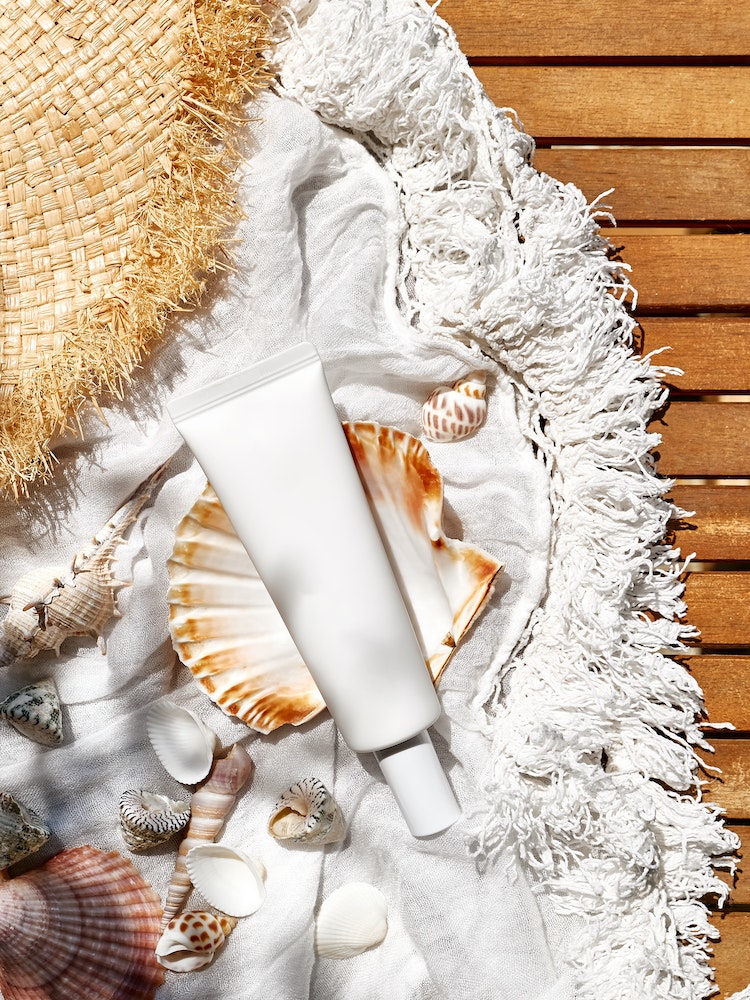When you are a pet parent to a reptile, you will need to take special care in recreating their natural habitat within their terrarium. One of the important elements of this habitat is lighting. Reptiles need certain types of light to thrive. UVB light, in specific, is essential for your reptile’s health. In this comprehensive guide, we will discuss everything you need to know about UVB lighting for your reptile’s terrarium.
Understanding UVB Lighting and Its Importance for Reptiles
Before diving into the specifics on how to select the correct UVB lighting, it’s crucial to understand what UVB lighting is and why it is essential for your reptile.
Avez-vous vu cela : What Are the Best Practices for Teaching a Dog to Detect Low Blood Sugar?
UVB light is a part of the ultraviolet spectrum of light that is invisible to the human eye but is extremely important for the health of reptiles. It helps them synthesize Vitamin D3, which is essential for the absorption of calcium. Without the appropriate UVB lighting, reptiles can suffer from metabolic bone disease, a common ailment among captive reptiles.
Reptiles in the wild get their required dose of UVB from the sun. However, in a terrarium, you must provide this light artificially. There are various types of lamps and bulbs available that can offer the right UVB exposure to your pet reptile.
Avez-vous vu cela : Which Aquarium Decorations Are Safe for Fish and Provide the Best Enrichment?
Different Types of UVB Lighting for Reptiles
There are several types of UVB lighting available in the market, including compact bulbs, fluorescent tubes, and mercury vapor bulbs. Each type has its advantages and limitations. Understanding these can help you make the best choice for your pet reptile.
Compact bulbs are a popular choice. They fit into regular light sockets and offer an adequate amount of UVB. However, their beam is quite narrow, which means only a small area of the terrarium is illuminated.
Fluorescent tubes, on the other hand, provide a broad spread of light. This distributes the UVB more evenly across the terrarium. However, their UVB output decreases over time, requiring more frequent replacements.
Mercury vapor bulbs provide both UVB and heat. They are ideal for species that need high temperatures, such as basking species. However, they can be too intense for species that prefer cooler temperatures and may not be the best choice in those instances.
Factors to Consider When Choosing UVB Lighting for Your Reptile
When choosing UVB lighting for your reptile’s terrarium, several factors come into play. The species of your reptile, the size of your terrarium, and the heat your pet requires are just a few of the elements to consider.
Different species of reptiles require different amounts of UVB exposure. Desert species such as bearded dragons and uromastyx need a higher level of UVB than species hailing from forest environments like geckos and anoles.
The size of your terrarium also impacts the type of UVB lighting you should select. Larger terrariums will require stronger lighting or multiple bulbs to ensure the UVB rays reach all parts of the enclosure.
The heat your pet requires is another critical factor. As some lamps, like mercury vapor bulbs, provide both UVB and heat, they can serve a dual purpose in your reptile’s terrarium.
Best Practices for Installing and Maintaining UVB Lighting
Once you’ve chosen the correct UVB lighting for your reptile’s terrarium, you need to install and maintain it properly to ensure your pet’s health and wellbeing.
First, the UVB lamp should be positioned in a way that the light covers as much of the terrarium as possible. The intensity of UVB rays decreases with distance, so the lamp should be close enough to your reptile to be effective but not so close that it can cause burns.
Second, UVB lighting should be on for approximately 12 hours each day to mimic a natural day-night cycle, especially for diurnal (day active) reptiles.
Lastly, the effectiveness of UVB bulbs decreases over time. Even if the bulb is still emitting light, it might not be providing adequate UVB after a certain point. Therefore, it’s crucial to replace your UVB bulb every six months, even if it seems to be working fine.
Safety Precautions While Using UVB Lighting
UVB lighting, like any other type of lighting, can pose some risks if not used correctly. Overexposure to UVB can lead to photokeratoconjunctivitis, a painful eye condition. Make sure you are providing the right amount of UVB for your reptile’s species and that there are shaded areas in the terrarium where your reptile can retreat from the light if necessary.
Also, be careful while handling UVB bulbs. They can become very hot and can cause burns. Always turn off and unplug the lamp before replacing the bulb.
Ensure the fixtures holding the bulbs are secure and that there’s no risk of the bulb falling into the terrarium. This could cause a fire or injure your pet.
Choosing the correct UVB lighting for your reptile’s terrarium is an essential part of providing a healthy and comfortable environment for your pet. By understanding the role of UVB light, the different types of bulbs available, and the specific needs of your reptile species, you can make an informed choice that will contribute to your pet’s overall wellbeing.
Using Metal Halide Bulbs as an Alternative for UVB Lighting
If conventional UVB bulbs do not meet your specifications or needs, an excellent option to consider is metal halide bulbs. These bulbs are a type of high-intensity discharge (HID) lighting. They are known for their high output of UVB radiation, visible light, and heat, making them a suitable choice for larger terrariums or for reptiles with higher UVB requirements such as bearded dragons.
One of the primary advantages of metal halide bulbs is their broad spectral output. In addition to UVB and UVA, these bulbs emit a full spectrum of visible light, closely mimicking natural sunlight. This is beneficial for your pet’s overall health as it helps maintain their circadian rhythm and encourages natural behaviors.
Another advantage is their longevity. Metal halide bulbs have a longer lifespan compared to other types of UVB bulbs. They can last up to 12 months before needing replacement, double the time of most UVB bulbs.
However, metal halide bulbs also have their downsides. They are generally more expensive upfront than other types of UVB lights. Additionally, they produce a significant amount of heat, which might be too much for cooler-loving reptiles. It is vital to monitor the temperature in your terrarium to prevent overheating.
When using metal halide bulbs, ensure they are positioned at a safe distance from your reptile. Keep a close eye on your pet’s behavior for any signs of discomfort due to overexposure to UVB or excessive heat.
Conclusion: Finding the Right Balance with UVB Lighting
Choosing the right UVB lighting is an ongoing balancing act. It’s about finding the right combination of UVB output, heat, size, and life span that suits your reptile’s specific needs and the conditions of your terrarium.
Regardless of whether you choose a compact bulb, a fluorescent tube, a mercury vapor bulb, or a metal halide bulb, it’s crucial to frequently check the UVB levels and temperature in the terrarium. Each choice carries its own pros and cons, and what works best will heavily depend on the individual needs of your pet reptile.
Remember that UVB lighting is not a "set and forget" part of your terrarium setup. Regular maintenance, including bulb replacements and periodic checks of fixture security, is essential to ensure the ongoing health and happiness of your reptile.
Understanding the importance of UVB lighting, the unique needs of your pet, and the characteristics of different UVB sources, can help you make an informed decision. It’s a critical aspect of pet reptile ownership that contributes significantly to the overall wellbeing of your pet.
In conclusion, the correct UVB lighting for your reptile’s terrarium is a crucial aspect of recreating their natural habitat and promoting their health. Whether your pet is a basking-loving bearded dragon or a shade-seeking gecko, the right UVB lighting can make all the difference in their quality of life.
















